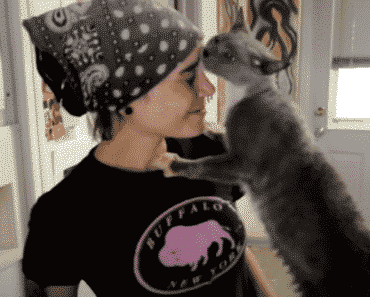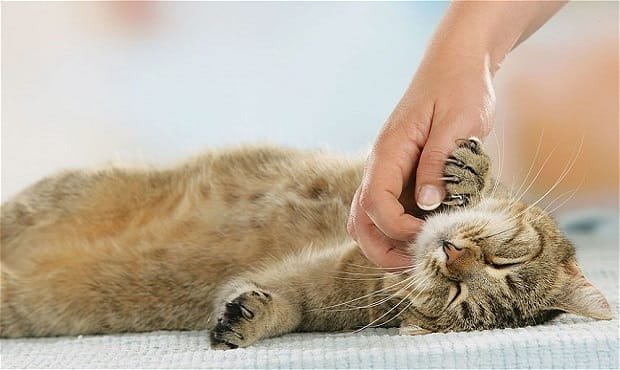FORT BRAGG, CALIFORNIA - A crackdown on feeding feral felines in Noyo Harbor has been triggering an online hissy fit. Now, cat lovers and Fort Bragg officials are trying to negotiate on just how to deal with a decades-old situation that many area residents consider benign, even charming.
The city has removed kitty condos and also feeding stations from its property in the harbor earlier this week after federal and state wildlife officials expressed concern about diseases and other health problems that the cats and other animals — including raccoons and opossums — could be harboring.
The city last week also warned the animal welfare group Coast Cat Project to stop feeding the estimated 50 cats.
“Tempers immediately flared,” City Manager Linda Ruffing admitted.
Comments critical of the city literally exploded this week on a Facebook page normally focused on local sports and news.
“They would be better served doing something about the free-range ‘feral’ transients drinking, drugging, littering and using the harbor as their outdoor bathroom,” one woman stated on Mendocinosportsplus.
“Shame on whoever did this! Who do I call?!” ranted someone else.
“Do our council members ever get drug tested?” one woman asked in an email to city officials.
Ironically, Fort Bragg City Councilman Lindy Peters is a professed cat lover. He’s now hoping a solution can be found that includes both caring for the cats and reducing potential public health hazards associated with feeding them.
Those could include rabies, parasites and also plague, according to a letter Fort Bragg officials received from Rebecca Mihalco, wildlife disease biologist with the U.S. Department of Agriculture.
“Human feeding of feral cat colonies creates a situation in which feral cats and wildlife interact at a much higher rate than they would under normal conditions,” she has written.
Large concentrations of animals increase the potential for people to come into contact with infected feces and also with animals that have lost their fear of humans, Mihalco went on to write. She also cited concerns about cats killing wildlife, noting studies indicate feral cats are responsible for the extinction of at least 33 birds species worldwide.
Members of the Coast Cat Project said they’ve done their very best to reduce the cat colonies that live along the Noyo Harbor. For about a decade, they’ve been catching and neutering the cats and trying to find them homes. Only the ones that aren’t adoptable are turned loose again, member Carla Dimondstein stated.
Peters recalled there being a somewhat larger population of cats in the harbor about 30 years ago, when there were many more fishing boats and multiple fish-processing facilities.
“There’s always been feral cats down in the harbor. This is nothing new,” he said. He estimated there were 150 cats at one time. The Coast Cat Project’s efforts to cut the population through neutering has had some success,” Peters stated.
However, the feeding has been another issue, attracting unwanted wildlife, especially raccoons.
At least one person reported being scared away from the city trail — the only dedicated walking path down to the harbor — because of aggressive raccoons, Peters said.
Owners of a couple of harbor businesses say there always have been cats and raccoons, and they haven’t noticed at all a big increase in problems with either.
On rare occasions, Jason Hurst, who is the owner of the Harbor Lite Lodge, said he has had to call wildlife trappers to capture raccoons that become overly aggressive.




